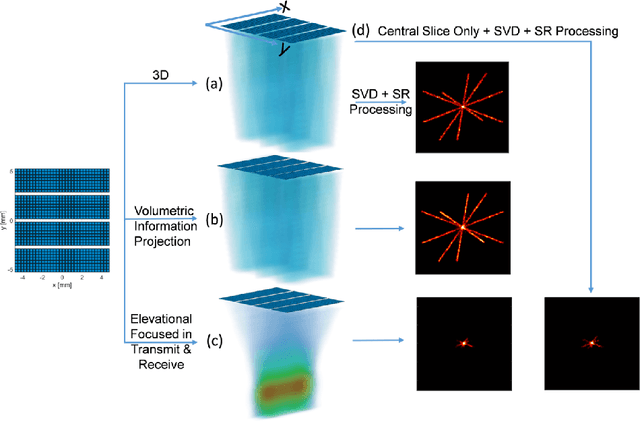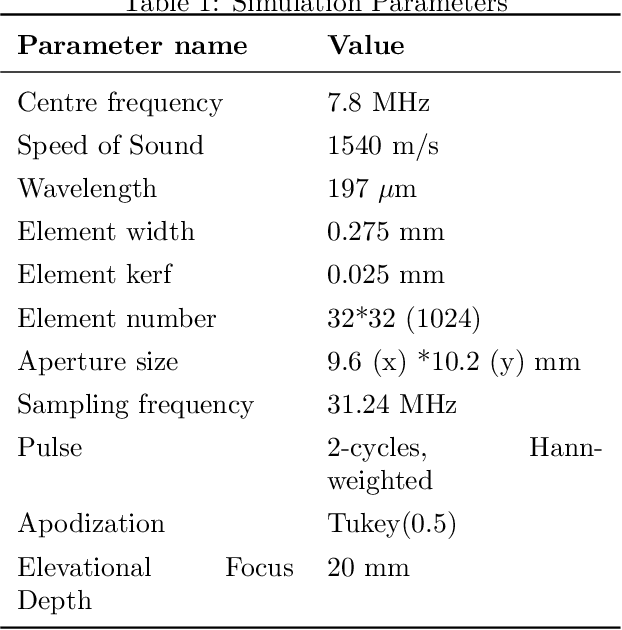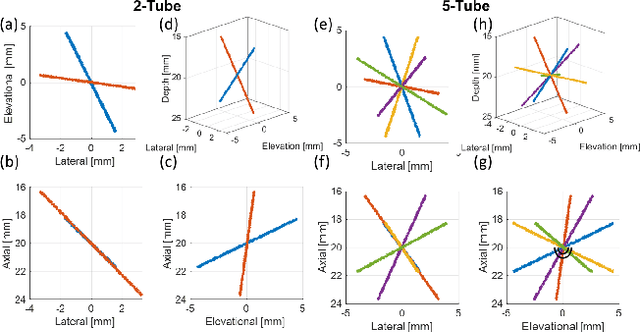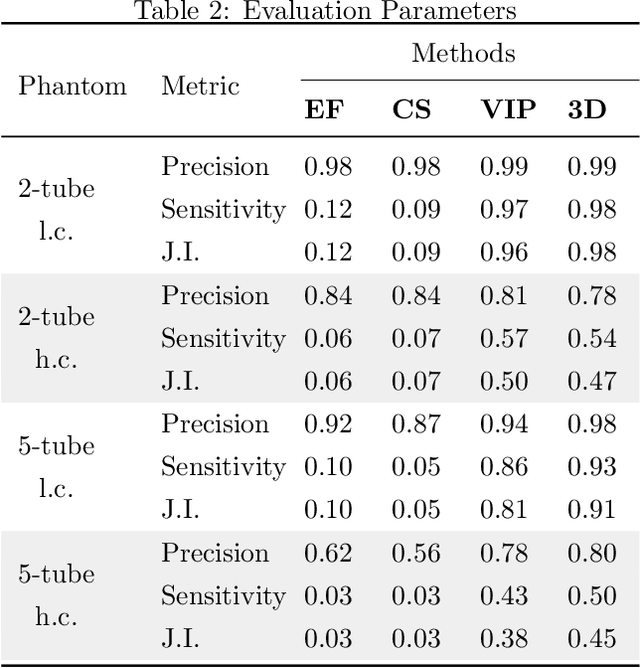B. Wang
Source-Free Domain Adaptation for Question Answering with Masked Self-training
Dec 19, 2022Abstract:Most previous unsupervised domain adaptation (UDA) methods for question answering(QA) require access to source domain data while fine-tuning the model for the target domain. Source domain data may, however, contain sensitive information and may be restricted. In this study, we investigate a more challenging setting, source-free UDA, in which we have only the pretrained source model and target domain data, without access to source domain data. We propose a novel self-training approach to QA models that integrates a unique mask module for domain adaptation. The mask is auto-adjusted to extract key domain knowledge while trained on the source domain. To maintain previously learned domain knowledge, certain mask weights are frozen during adaptation, while other weights are adjusted to mitigate domain shifts with pseudo-labeled samples generated in the target domain. %As part of the self-training process, we generate pseudo-labeled samples in the target domain based on models trained in the source domain. Our empirical results on four benchmark datasets suggest that our approach significantly enhances the performance of pretrained QA models on the target domain, and even outperforms models that have access to the source data during adaptation.
Volumetric Image Projection Super-Resolution Ultrasound (VIP-SR) with a 1D Unfocused Linear Array
Jun 08, 2022



Abstract:Super-Resolution Ultrasound (SRUS) through localizing spatially isolated microbubbles has been demonstrated to overcome the wave diffraction limit and reveal the microvascular structure and flow information at the microscopic scale. However, 3D SRUS imaging remains a challenge due to the fabrication and computational complexity of 2D matrix array probes and connections. Inspired by X-ray radiography which can present volumetric information in a single projection image with much simpler hardware than X-ray CT, this study investigates the feasibility of volumetric image projection super-resolution (VIP-SR) ultrasound using a 1D unfocused linear array. Both simulation and experiments were conducted on 3D microvessel phantoms using a 1D linear array with or without an elevational focus, and a 2D matrix array as the reference. Results show that, VIP-SR, using an unfocused 1D array probe can capture significantly more volumetric information than the conventional 1D elevational focused probe. Compared with the 2D projection image of the full 3D SRUS results using the 2D array probe with the same aperture size, VIP-SR has similar volumetric coverage using 32 folds less independent elements. The impact of bubble concentration and vascular density on the VIP-SR US was also investigated. This study demonstrates the ability of high-resolution volumetric imaging of microvascular structures at significantly reduced costs with VIP-SR.
 Add to Chrome
Add to Chrome Add to Firefox
Add to Firefox Add to Edge
Add to Edge